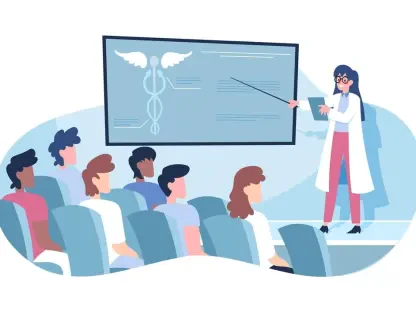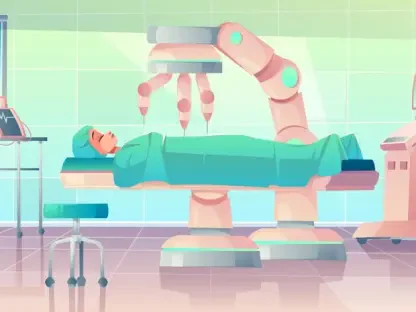How much could life change for those living with severe skin diseases like recessive dystrophic epidermolysis bullosa (RDEB)? An estimated 200,000 people worldwide confront the daunting challenges of epidermolysis bullosa, a rare inherited disorder that leads to fragile skin and painful wounds. Yet, modern medicine offers hope; Zevaskyn, a groundbreaking gene therapy, has transformed treatment prospects for RDEB patients, illustrating dramatic life changes achieved through scientific advancements.
Unveiling New Horizons in Dermatology
Zevaskyn’s emergence signifies a pivotal shift in the therapeutic landscape for RDEB. Historically, treatment options for this condition were extremely limited, often focusing solely on managing symptoms rather than addressing underlying genetic faults. Patients struggled with numerous hospital visits for painful dressing changes and endured a drastically lowered quality of life. Zevaskyn, however, changes that narrative by offering a new frontier in personalized medicine, where biotechnology tailors treatments to the genetic profile of the individual, thus opening previously unheard-of opportunities for effective management of severe skin diseases.
Inside Zevaskyn: Breaking New Ground in Gene Therapy
Zevaskyn’s innovative science lies in its use of genetic engineering combined with autologous skin cell therapy. By harnessing the power of patient-derived skin cells, which are genetically modified to produce functional collagen, Zevaskyn addresses RDEB’s root cause—mutations in the COL7A1 gene. Clinical trials detail remarkable outcomes, such as significant wound closure and pain reduction, with reports indicating sustained benefits. Compared to traditional methods, which mainly focused on symptom management, Zevaskyn’s approach significantly impacts patient care, highlighting the potential of gene therapies to revolutionize chronic disease treatment paradigms.
Insights from Researchers and Patients
The successful transition of Zevaskyn from the clinical trial phase to general application is a testament to the hard work of researchers, such as those at Abeona Therapeutics. The scientists involved emphasize Zevaskyn’s thorough testing and validation process, which underscored its safety and efficacy over extensive timeframes. Patient testimonials further bolster these findings, recounting transformative experiences with the therapy. These firsthand accounts, coupled with rigorous studies, illustrate Zevaskyn’s ability to deliver sustained improvements in wound healing and pain management, fostering renewed hope for those managing RDEB.
Applying Breakthroughs: Practical Implications
The practical application of Zevaskyn involves an intricate manufacturing process, completed in Abeona’s facility over 25 days, producing the cell sheets necessary for treatment. Economic strategies have been implemented to ensure this pioneering therapy is accessible, despite its high cost, through intricate financial models such as cost-sharing agreements. These enable the healthcare system to manage the expense while maintaining patient access. Looking forward, this heralds a new era where gene therapies like Zevaskyn are increasingly integrated into dermatology, promising numerous potential expansions into other genetic skin disorders.
Bridging Challenges with Next Steps
While Zevaskyn’s journey represents a notable success, it has also set the stage for future research and treatment modalities. The pathway to wider adoption involves navigating potential costs and enhancing education about gene therapies. Zevaskyn’s approval showcases the FDA’s vigorous commitment to supporting innovative and life-changing treatments. The continued evolution of these therapies holds promise to drastically improve the quality of life for patients worldwide, encouraging a move toward solutions that were once deemed unattainable. As the medical community continues to innovate, the lessons learned from Zevaskyn pave the way for further breakthroughs in treating rare diseases with similar complexities.









